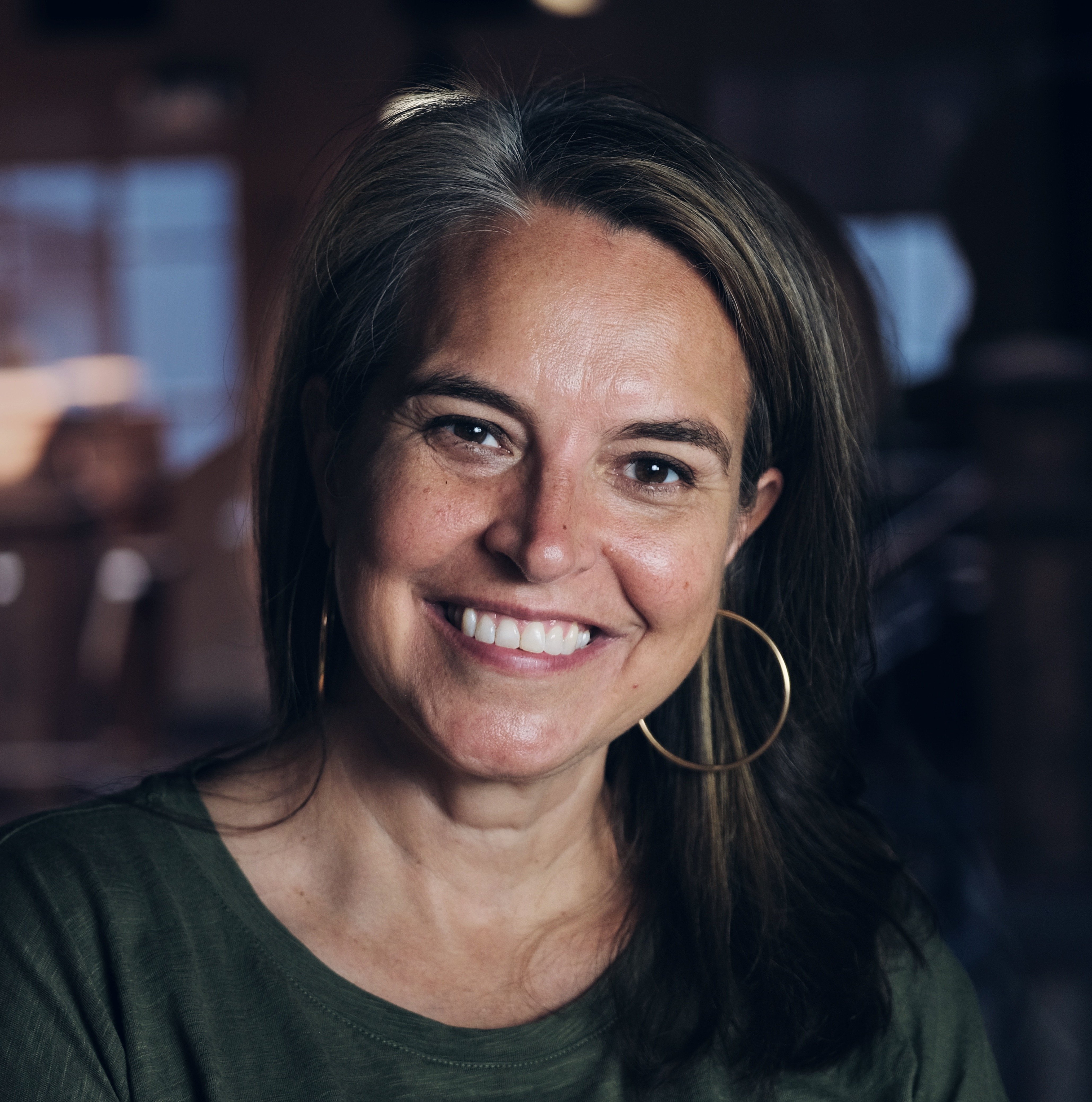ERM Shelton Stat of the Week
67% globally say they are "very/extremely" interested in hearing from companies about their efforts to reduce their environmental impact. – Global Eco Pulse® 2025
Let me distill my experience at Climate Week New York City into two sentences from Kate Marvel, a climate scientist at Columbia University: “I don’t need hope. I have solution.”
Marvel delivered a keynote at the NEST Climate Campus, the public home for sustainability conversations during the week. Over the course of her career, she has examined the entire solar system, but she always comes back to her favorite planet, Earth. She often says things like, “Everything and everyone I love is on Earth. And it’s the only planet where we can have fun.”
These easy and relatable ideas are at the heart of why so many of us work on climate issues. We have a beloved planet to save. But as Marvel alluded to in her talk, sometimes people feel hopeless. Yet, in responding to the idea of hopelessness, she pointed the way forward with her statement: “I don’t need hope. I have solution.”
Through numerous events and conversations, Marvel’s words kept coming back to me, and I heard this sentiment from others again and again. Beyond the words, what inspired me was the tone. It was not forceful or defiant. It was matter-of-fact. To me, this is more powerful than arguing. It says I’m too busy working on the solution to pay attention to the noise. Onward.
Climate solution research just got an online home
In the name of solution, Jonathan Foley of Project Drawdown debuted the organization’s Explorer tool and described it as a “Bloomberg terminal + Google Maps for climate solutions.” The Explorer has been years in the making, as the team at Project Drawdown collected countless data points from across the globe. In the final result, Project Drawdown defines each solution in terms of urgency, from “apply this emergency break now” to “keep watching this idea” for the long term. Users can also search the Explorer by geographical location and review solutions based on rate of maturity and potential impact.
Let’s suppose you’re a Chief Sustainability Officer at a large company, and you just completed your double materiality assessment (DMA). Now you’re building a strategy for the next five to ten years to address the risks and opportunities that the DMA revealed. The Project Drawdown Explorer would be a great place to start to get a wide look at all the different ways you could reduce emissions and pursue sustainability related to your locations, timeline and industry.
I applaud Project Drawdown for providing everyone with a site to analyze so many different possibilities. Also, they put the Explorer photos and data in the public domain, and they encourage others to use and share it all. (Like we did for this article’s cover image.)
What does this mean for sustainability communications right now?
I’ve been working in sustainability communications at ERM Shelton for three years, most often in impact/ESG reporting. I’ve written or contributed to dozens of corporate sustainability reports, and every single one of them has addressed two themes:
Every report 1) tells the story of how a company is solving problems and 2) how the people within the company are working together to do so.
I have never written a report about one person. Reports are always about teams of people collaborating to improve the business. As people find ways to improve energy efficiency at a manufacturing plant, for example, they often lower the company’s operational costs. Reports make the business case for sustainability, and in the process, they tell the story of what people do best: ingenuity, problem-solving and collaboration.
As your company addresses its environmental and social impact, I’m certain that teams of people are finding solutions to an array of topics from attracting investment and talent to mitigating risk in the long term (just for starters). Stories about people working together for a better outcome are in short supply in the news at the moment. Yet these stories are plentiful within a company’s work toward long-term resilience. People want to hear them.
ERM Shelton’s latest B2B Pulse builds on exactly this
ERM Shelton Research will soon publish our latest B2B Pulse, a survey of hundreds of business-to-business buyers in the U.S. and Europe. Suzanne Shelton and Annie Longsworth gave a preview last week, and the results show that industry wants sustainability solutions. Consider this:
- 86% of B2B buyers in the U.S. and 79% of B2B buyers in Europe say knowing a company is a leader in reducing its environmental impact would "somewhat/greatly" improve their opinion of that company.
- 79% of B2B buyers in the U.S. and 74% in Europe see a “well-run company” when the company communicates a strong sustainability story.
- 83% of B2B buyers in the U.S. and 85% in Europe say sustainability is "sometimes to always" a tiebreaker when choosing between competing suppliers or products (and they will often pay a premium for it).
These stats, and several others in the upcoming report, confirm that business buyers remain committed to sustainable practices. From my vantage point as a sustainability report writer, it also confirms the momentum we’ve been seeing for years as companies seek to develop more resilient and sustainable supply chains — and reduce Scope 3 emissions.
Stay tuned for the full release of our latest B2B Pulse Report in the coming weeks. Meanwhile, let’s all keep working on the solution. As Marissa McGowan, Chief Sustainability Officer at L’Oreal North America said on a panel, “This flywheel is taking off.”
We don’t need hope. We have solution — and momentum.
 View all
View all 